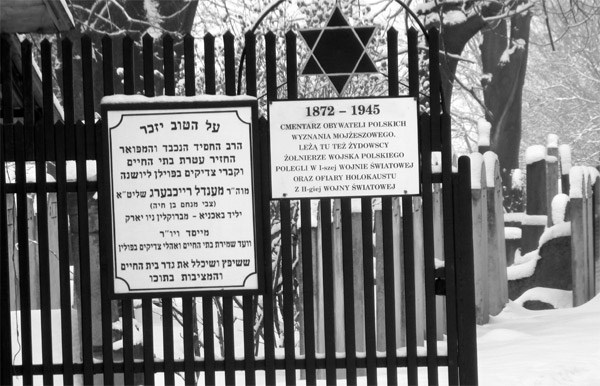LATE MEDIEVAL BASTIONED FORTIFICATIONS IN GREECE
Unesco tentative list
With the appearance and establishment, in the 15th century, of the use of gunpowder, a new, powerful and destructive means of warfare, city fortification practices changed. Since medieval fortifications were unable to withstand the constantly increasing artillery power, additional defensive structures began to be added to existing fortresses. This change was completed in the 16th century, establishing the “bastion system” or “fronte bastionato”, based on the principle of “flanking fire”. In the 17th century, the need to confront even greater artillery firepower led to the construction of a multitude of smaller fortifications outside the main moat, whose aim was to keep the enemy as far away as possible from the main fortifications. Finally, up to the end of the 18th century, fortification architecture would continue to be based on the principles of the 16th century, while of course following the development of artillery. This development is documented by a series of fortifications on Greek territory. These fortifications are mostly found in areas that passed into Latin hands, such as the Peloponnese, the coasts of Western Greece, the Ionian Islands, Crete and the Dodecanese. Most were built on the site of older, ancient and/or Byzantine fortifications, but their main phase was constructed during the various phases of Latin domination. These are particularly well-preserved fortification works, which largely retain their integrity and original layout intact to the present day. This is very significant, given that they were built by the leading engineers of the time and closely follow developments in the field of defensive art. In recent years restoration projects for their protection and enhancement have taken place preserving however their particular character and their relation to the surrounding area. The fortifications also contribute to the study of the urban areas of which they form a part, providing valuable information on the organisation of urban planning, which they determined in several cases. The proposed fortifications are strategically positioned on the hubs of the trade routes between West and East and also North and South, and therefore played an important part as trading stations in the East Mediterranean basin.
SITE | REGION | REGIONAL UNIT | COORDINATES |
Corfu | Ionian islands | Corfu | 19.928385 E, 39.624538 N |
Zakynthos | Ionian islands | Zakynthos | 20.891944 E, 37.789444 N |
Koroni | Peloponnese | Messinia | 21.961826 E, 36.794382 N |
Methoni | Peloponnese | Messinia | 21.700 E, 36.8150 N |
Bourtzi- Palamidi- Akronafplia | Peloponnese | Argolis | 22.790586 E, 37.569689 N 22.804472 E, 37.561486 N 22.795028 E, 37.563869 N |
Heraklion | Crete | Heraklion | 25.136743 E, 35.344548 N |
Chania | Crete | Chania | 24.013659 E, 35.518245 N |
Rhodes | South Aegean | Rhodes | 28.2270 E, 36.4450 N |
Mytilini | North Aegean | Lesbos | 26.561829 E, 39.110116 N
|

